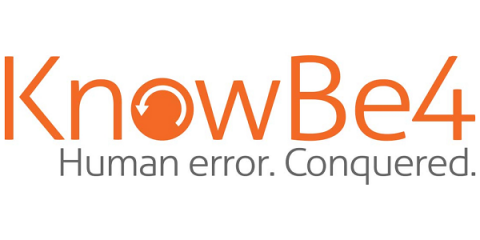Attackers Abuse Google Drawings to Host Phishing Pages
Researchers at Menlo Security warn that a phishing campaign is exploiting Google Drawings to evade security filters. The phishing emails inform the user that their Amazon account has been suspended, instructing them to click on a link in order to update their information and reactivate their account. The phishing page is crafted with Google Drawings, which makes it more likely to fool humans while evading detection by security technologies.




